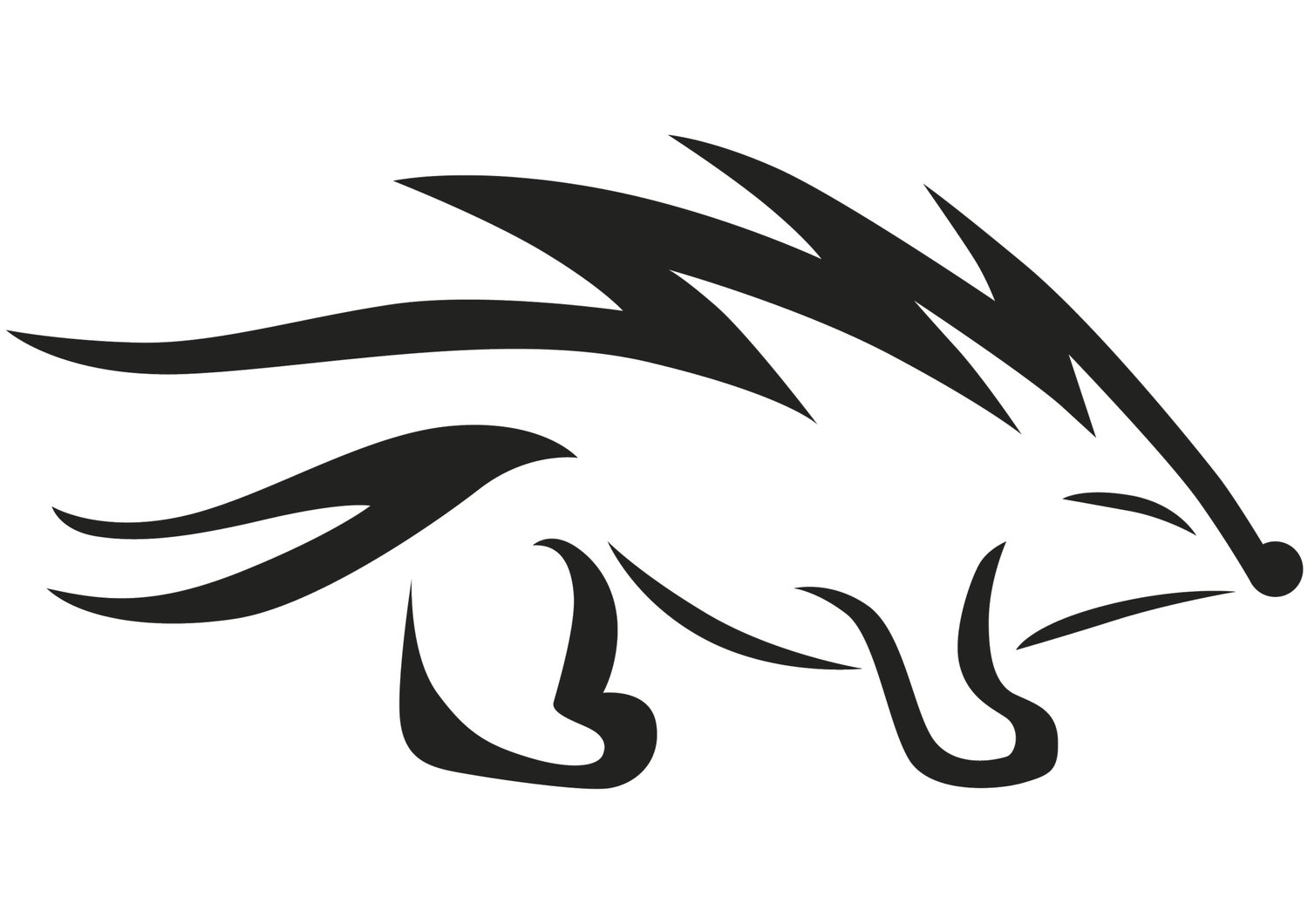Tallow is known as a common base for high-quality, long-lasting soaps and balms. However, like most products, there are many misconceptions regarding the sourcing and benefits of tallow. These misconceptions have generated a series of common myths about tallow soaps. As always, we want our customers to be informed. We want you to choose our soaps because you trust what goes into them. That is why we are highlighting some of the facts and myths of tallow soaps.
Myth: Tallow soap is created with an animal byproduct, so it can’t be good for the environment.
FALSE. Tallow soap is actually a sustainable base for soap. Unlike palm oil, which benefits from massive deforestation, tallow utilizes an animal byproduct that typically goes to waste. Pasture-based tallow is made by rendering suet. The suet used to make tallow is generally considered waste in the farming industry. The primary harvest for most meat-based farms is the meat that people commonly eat. Once the parts people eat are harvested, the suet and other non-traditional parts are wasted. Tallow soap making helps eliminate this waste by utilizing the remaining tallow for nutrient-dense soaps and balms.
Fact: Tallow-based soaps moisturize my skin better.
TRUE. Tallow has a high percentage of oleic acid, a well-known skin conditioner. Oleic acid is a non-essential fatty acid that is found in human sebum. Oleic acid has a wide range of positive effects on the skin, including acting as an emollient and moisturizer. Oleic acid aids skin regeneration and helps reduce inflammation. Oleic acid is readily absorbed by the skin and can help the absorption of other important molecules like omega-3 fatty acid, which plays an important role in inflammation and the reduction of bad cholesterol. The similarities of oleic acid to human sebum allow its vitamins and nutrients to be absorbed into the body easier, and it locks in moisture and nutrients without clogging your pores.
Myth: Tallow Soap can clog your pores.
FALSE. Tallow soap is rich in oleic acid, a known skin conditioner. It also contains a similar fat content to human skin making it easy for our skin to absorb. This is why tallow soaps are a great source of vitamins and nutrients for our skin. When we use tallow soaps regularly, they help build up our natural sebum creating soft, healthy-looking skin.
Fact: Tallow soaps have more nutrients than other soaps.
TRUE. Tallow contains vitamins A, D, E, K, and B12, contributing to skin health and appearance. Given that the fat saturation of tallow is close to human fat, the vitamins within it can be absorbed into the body easier, and it locks in moisture and nutrients without clogging your pores. On the other hand, palm oil is high in vitamin E and vitamin A, and it has refatting agents that allow your body to restore its natural oils. While these are amazing benefits, it is clear there are more benefits of tallow soap, making it even better.
Myth: Tallow-based soaps have a meat smell.
FALSE. This is a very common concern and definitely one we understand. However, if you render and strain the tallow correctly, the soap will not smell like meat. It will smell like tallow soap, which has a mildly fatty smell to some, but it is very soft and non-offensive. Essential oils are a great way to enhance the soap’s properties and scent. Essential oils have their benefits, and when used in conjunction with traditional tallow soaps, they are typically soft and soothing.
Fact: Tallow can help soothe dry, cracked skin.
TRUE. Tallow is packed with nutrients, and it has similar fat saturation levels as we do - making it easy for our body to absorb. Tallow balms contain vitamins A, D, E, K, and B12, which can all be beneficial to your skin health and appearance. Given tallow’s organic compatibility with our skin, it works as natural sebum, locking in moisture and nutrients without clogging your pores. These properties are what make tallow balms so great for skin conditions including dry, chapped, calloused, cracked, and sun-damaged skin, rashes, burning, itching, wrinkles, and so on. Tallow soaps and balms give our skin the nutrients to heal itself and the natural oil to retain moisture and nutrients.
Myth: All tallow soaps are created equal.
FALSE. Like any other product, where you get the ingredients matters. Depending on the kind of suet used to make tallow, there can be vast differences in the final product for tallow soaps. Our suet always comes from grass-finished cattle at a farm in our region. We choose grass-finished cattle that are pasture-raised. By obtaining our suet locally, we can ensure that the cows are treated humanely, graze freely, and live happily. It is important to us that we make high-quality soaps in the most humane way possible. That is how we can create quality soaps and balms that set us apart from the rest.


